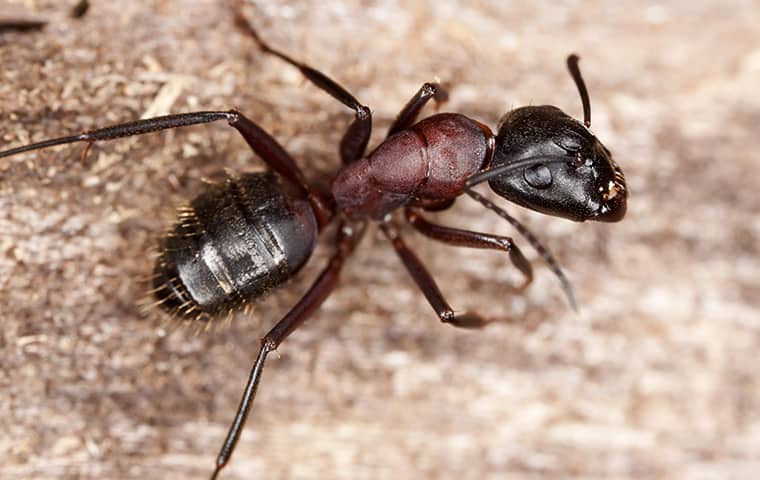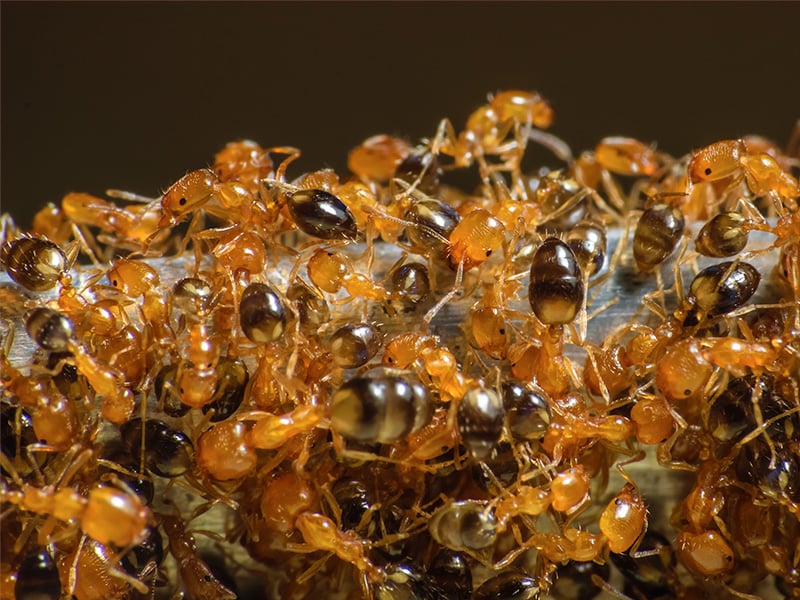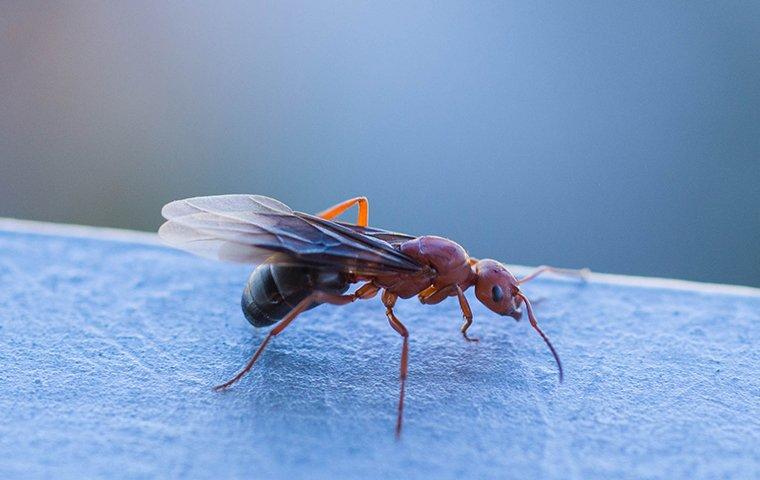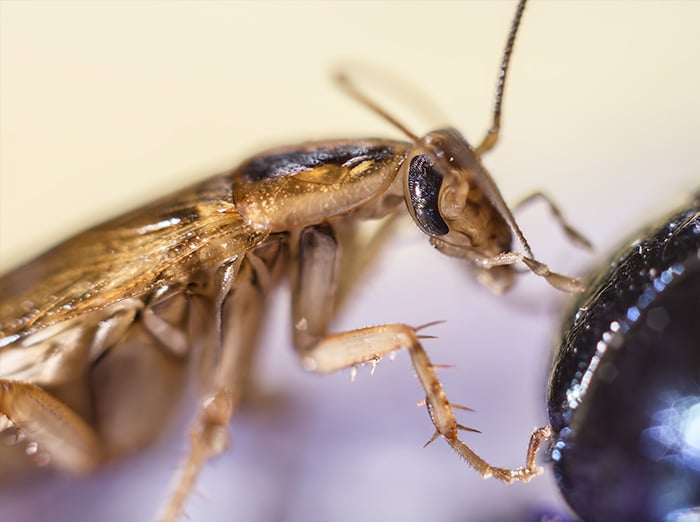The Secret To Effective Ant Control For Your Jacksonville Property
We have many ant species in our Jacksonville service area. The secret to effectively getting control of ants is proper identification. What works for one species may not work for another. In fact, it often doesn't. Today, we're going to take a look at three ant types you may encounter in your Jacksonville home and some specific things you should know about them.

General Pest Ants
There are many pest ants that can be a nuisance when they get inside, and their presence in your kitchen or pantry can cause sickness. Before ants crawl around on exposed food, they could have been crawling around in your garbage or on the rotting grime you can't see on the side of your oven. Here are a few ways you can prevent this type of ant.
-
Keep your home as clean as possible. The smallest spill can inspire ants to enter your home in large numbers. Some species will establish a satellite colony inside your walls if they find food aplenty.
-
Put pet food down only during mealtimes. Ants that eat protein sources will be highly motivated to take advantage of pet food.
-
Keep your pantry foods in sealed containers. Your stored food can provide an attractive smell to ants, especially if you have past-due items. Containers keep odors in and food fresh.
-
Use a caulking gun and high-quality silicone caulk to seal pathways. This can be done inside your kitchen and pantry, as well as outside your home. The goal is to make it harder for scout ants to get in and find food.
-
Walk around the outside of your home and address any ant habitats, such as leaves, sticks, acorns, grass clippings, etc.
Carpenter Ants
There are a few species of carpenter ants. They can be entirely black, or they may be dark red and black. When these ants start coming near to your home, your property could be at risk for damage. Carpenter ants tunnel in wood. Most of the tips that work for general pest ants will work with carpenter ants, but these ants have some unique attractants that must be considered. As you can probably guess, the availability of wood is one of them.
-
Before carpenter ants get into your home, they're likely to tunnel in a wood source in your yard, such as a log, stump, tree with heart rot, a pile of lumber, etc. Removing these wood sources can reduce your chances of a carpenter ant infestation.
-
Carpenter ants prefer unpainted wood. If you have an unpainted deck, you may want to consider putting a coat of paint on to keep these ants from using the wood for their home.
Seal entry points around your exterior to prevent carpenter ants from getting into your walls.
-
Do routine inspections of your exterior window and door frames. If you see changes in the wood and find large ants crawling around, it is time to contact a pest control professional.
Fire Ants
These ants need no introduction. Fire ants have a fiery sting that can put an itchy red bump on your skin. If you are allergic to the venom of a fire ant, you could become sick. In rare cases, anaphylaxis can occur. This is a life-threatening reaction. Fire ants don't typically get into homes. They tend to be lawn pests. We wish there were a way to manage fire ants with natural methods, but there isn't one. There isn't much you can do to keep these ants out of your yard, and, as far as fire ant control goes, we don't recommend that you trust what you find on the internet. You can't pour things into the mounds of fire ants and get these ants under control. The tunnels fire ants create are extensive and can be as far as ten feet below the surface. If you start to notice fire ants in your yard, contact a professional for extermination and ongoing control.
Are you dealing with ants?
Contact the ant control experts at Lindsey Pest Services. We use the ant control methods to target the ant pests you're dealing with and get you the results you want. Reach out to us today for assistance.
Get Your Free Pest Control Quote Today!
Complete the form below to get started with your free, no-obligation quote, and a Lindsey Pest representative will contact you shortly.
Same Day Service Available!

Blog Posts











